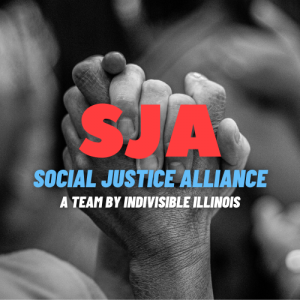We have a lot of trouble looking at gun violence straight on let alone talking about it, but we do know how to count it. Public Citizen recently estimated that the US population of 333 million owns at least 400 million guns (“or more guns than people”). Guns outpaced auto accidents as the leading cause of death for children in our country in 2020.
On the upside, we are learning how to name it more correctly. On June 4, The Lancet, an internationally respected medical journal, devoted its monthly Editorial to the task. Titled ”Gun violence in the USA: children’s right to health” the editors make the case for gun violence as a public health issue (“rather than a debate over the US Constitution’s Second Amendment”). The USA is the high-income country with the greatest burden of gun-related injury, the editors write, adding that research should go beyond the strategies and practices of the gun industry and its supporters. Then, in what could become a wake-up call, they describe US gun violence as “a classic example of a commercial determinant of health” – a term used to describe things like tobacco and alcohol.
Also encouraging, in 2018, Illinois Senator Richard Durbin launched a partnership of 10 major hospitals serving Chicago to address the root causes of gun violence. The Chicago Hospital Engagement, Action, and Leadership (HEAL) Initiative has enabled productive community partnerships among ordinarily fierce competitors. One of many outcomes has been a 21 percent increase in the number of local people newly hired by those hospitals.
Yet, as those living the day-to-day reality behind the dismal fatality statistics of gun violence know all too well, we need to do far more. And when members of the Indivisible Illinois Social Justice Alliance team invited Yolanda Androzzo and Tangela Jones to speak at their monthly Listening, Learning and Elevating Voices from the Frontlines meeting, they made fast tracks to the “what.”
Androzzo and Jones know far too much about the ways that trauma affects children, parents, and communities. Androzzo is Coalition and Programming Director for One Aim Illinois, which employs research, public education, outreach, and coalition building to educate the public about gun violence and evidence-based solutions that can save lives. As a former youth educator who has worked in underserved communities and juvenile detention settings, Androzzo has first-hand knowledge of the ways students’ lives are impacted by gun violence. Jones, whose son died as a result of gun violence, is a member of Moms Demand Action Hyde Park/South Side and the Everytown for Gun Safety Survivor Network. (Everytown for Gun Safety is a nationwide community of survivors who work to end gun violence by advocating for and amplifying survivor voices, offering trauma-informed programs, and providing information on direct services.)
Most of us want to believe that if we knew a family that had lost a child to gun violence, we, too, would immediately reach out to the newly bereaved and become more active advocates for meaningful change. But this is relentlessly demanding and profoundly draining work; an exhausting job that never stops. Many of us would rather see the movie. Which is a big part of the problem.
When the Illinois legislature adjourned on May 31, goals outstanding included laws to provide for expanded background checks, an assault weapons ban, and a higher minimum age for gun purchases. And at the federal level, while the legislative language has not yet been nailed down, leaders of a bipartisan team announced in mid-June that an agreement in principle on gun-violence prevention priorities was near.
Androzzo and Jones were generous mentors that afternoon, modeling the steady urgency that has driven the successes that gun violence prevention advocates have achieved to date. But far more is needed. They will continue to press for measures that have been proposed to legislators but not yet passed, and others with lower profiles, such as requirements that gun purchasers pass psychological screening tests and complete safety classes. More generous time off work for the bereaved and support services to cover repeated home visits by a social worker are on their agenda too.
Maybe the biggest takeaway is that we need to get personal, which is scary stuff. It is all to the good to collect the data, but we need to learn from the courageous people at the frontlines if we are to drive real change. People who can teach the hard lessons. People who can help us work with our hearts and our minds at once.
Shortly after Uvalde, newspapers published a photo of a young man holding a large sign that said simply, “Don’t look away.”
We need to hear more from people like him.
By: Mariann Stephens


